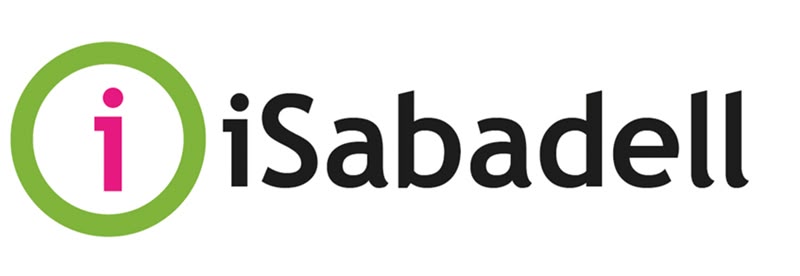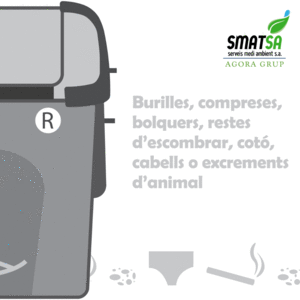Suttida Yang
Digital Marketing, Sales Enablement, SEO, SEM, Marketing Strategy, Demand Gen, Content Marketing, SMM, Email Marketing
Growing a business is no small feat. The amount of time, effort, and investment that is required can be overwhelming. However, should these efforts yield positive results, the ability to continue growing your business can present a multitude of opportunities that will pave the way for larger endeavors.
Given 81% of customers nowadays research a product or service before making a purchase online, having an online presence to help foster sales is key. And with mobile commerce expecting to grow beyond $600B alone this year, it’s clear that businesses who can connect with their audience online will be well placed to experience revenue growth.
But where exactly is the best place to start? Read more about automated affiliate marketing software.
In today’s blog post, I’ve curated from multiple blog posts to help you implement effective marketing strategies that will foster business growth.
1. Teach and Add Value Through Blogging
92% of companies who blog multiple times per day have acquired at least one new customer and businesses that blog witness their monthly leads rise by 126% more than businesses who don’t.
Knowing this should help drive you to ensure that blogging becomes a weekly or monthly part of your business. The great thing about blogging is that you can leverage it to provide more insights about your products and services, including CTAs, to drive sales. You can also leverage it to include special promotions, feature loyal customers, or display testimonials, case studies, etc.
You can easily use your blog as a creative outlet beyond just text-based posts too.
Here are a few stats to check out
- 37% of marketers said visual marketing was the most important form of content for their business, second only to blogging (38%).
- When people hear information, they’re likely to remember only 10% of that information three days later. However, if a relevant image is paired with that same information, people retained 65% of the information three days later.
- 4X as many consumers prefer to watch a video about a product than to read about it.
2. Have a Deep Understanding of Your Audience
If you haven’t done this already, develop personas for the different types of customers that already buy from you or otherwise interact with your business. Not all customers are going to have the same needs or priorities, but they all will eventually make the same buying decisions.
I offer a free template for creating buyer personas on my blog that you’re welcome to use.

The whole point of having a deep understanding of your target audience is to focus on one type of customer and the specific path they take to buy from you.
You might have several unique personas that buy from your company. But for our purposes here, let’s focus on one or two of them. When you include too many different users and their unique priorities, your customer journey map can start to look confusing. You can always go back through the mapping process for your additional personas later.
I recommend starting with your most popular persona — the one that embodies the majority of your customers. Consider the route they take to go from awareness (this could be awareness of their problem or awareness of your company) to purchasing.
Lastly, here are key stats as to why focusing on the customer behavior, experience, and needs are important:
- 76% of customers expect companies to understand their needs.
- More than 80% of companies who prioritize customer experience are reporting an increase in revenue.
- Customers will spend 17% more for a good experience.
- Customer-centric companies are 60% more profitable than companies that aren’t.






















